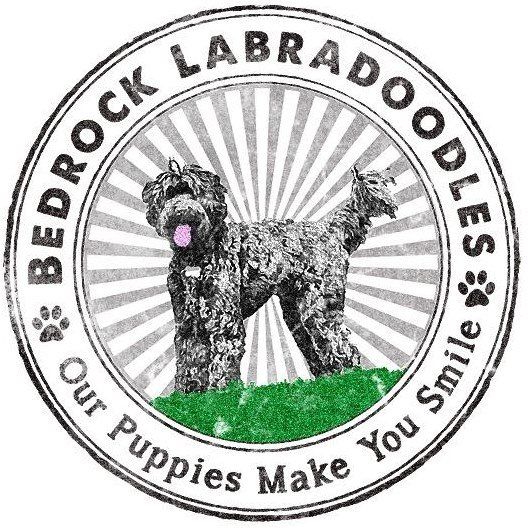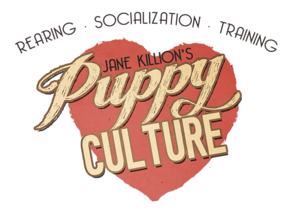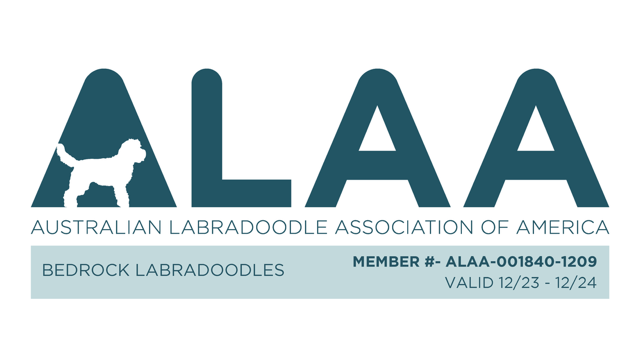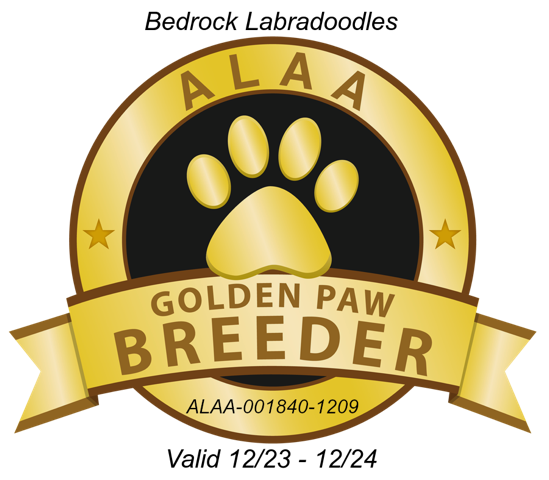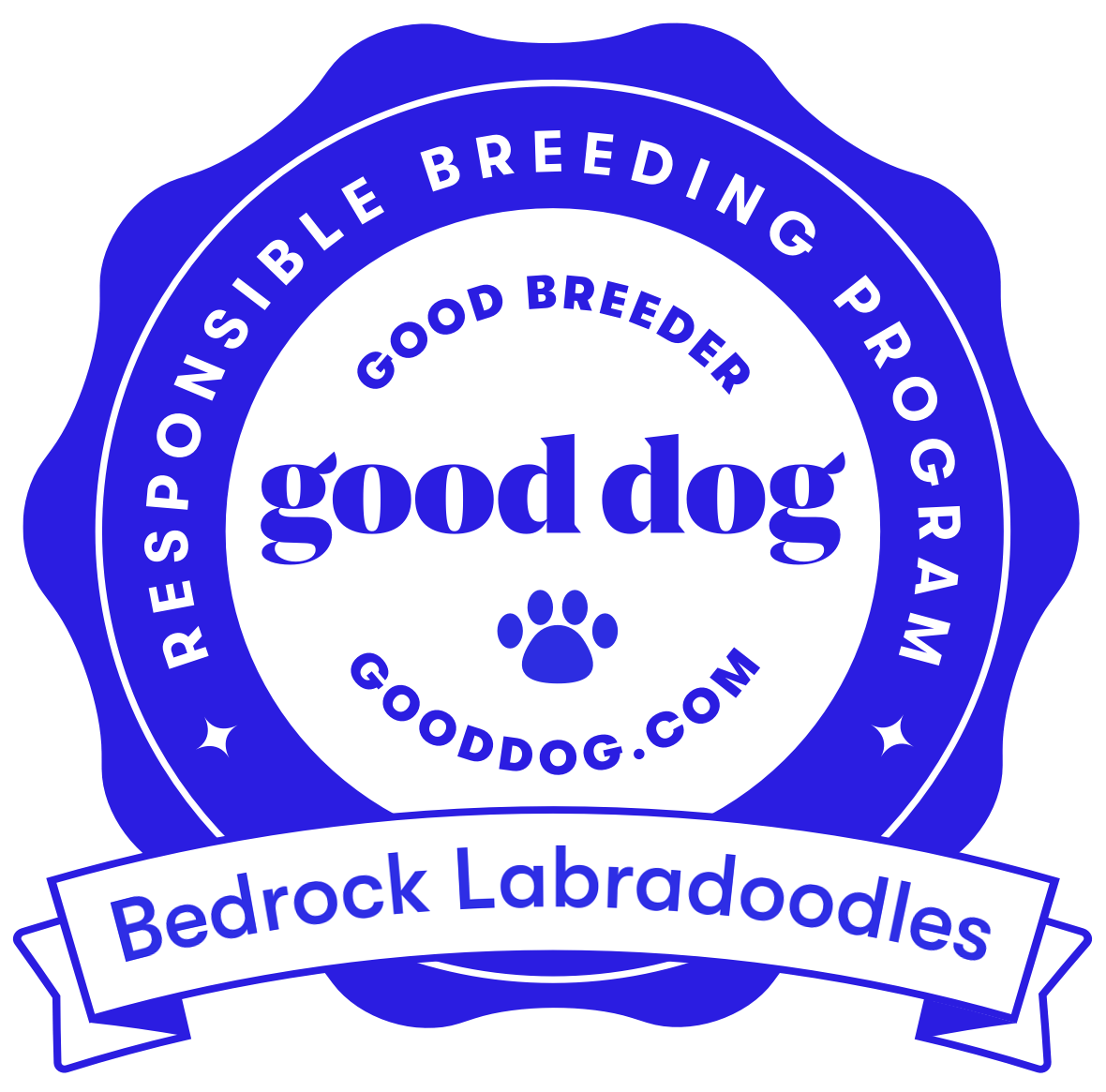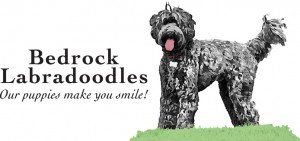Puppy Culture
We are excited to say that we raise our puppies using many methods learned in the “Puppy Culture” program! We strongly encourage ALL of our puppy buyers to purchase a copy of Puppy Culture so they can follow along with us as we raise their puppy, and so they can continue our hard work, once they bring their puppy home. There is so much more to Puppy Culture training than what we briefly share here, so it’s worth checking out their website.
Training puppies from day one is hard work and it takes a lot of time, however, it’s the most worthwhile time when you start seeing training click with each puppy.
To give you some perspective, a litter of 8 is a lot to do individualized attention with, let alone daily individualized attention and training and conditioning with for 8+ weeks, but it really is the time that goes into these puppies that make the difference. The half an hour every night it takes to teach puppies to take treats so that you can later reward them effectively. The 3 hours a night it takes to go through the whole litter for their first box game. The 15 minutes per puppy that it takes to teach them that you grabbing their prized possession is the best thing that could ever happen. These are the activities which give them the tools to seek enrichment and interact with their world in a confident manner. This is what makes them brave.
- 0-14 Days
The puppies are kept warm in their whelping box, where they can nurse almost constantly. They’re monitored closely every hour of the day. We provide special bedding that allows our puppies to have traction while crawling on their tummies. Proper traction in the whelping box is crucial for proper hip and knee development–as research is proving the connection between hip dysplasia and environment factors such as whelping box material. Our puppies are weighed twice daily to ensure they are taking in enough milk and growing properly. We also begin ENS (Early Neurological Stimulation) with the puppies at 3 days old. Please learn about ENS in this video HERE.
- 14-21 Days
Around 14 days of age, puppies eyes are opening and they begin “toddling” around. We start doing car rides with them do desensitize them to the motion of being in a car. This helps when they go home with you so that the puppies don’t have accidents. Around week three, we introduce food to them and give them a potty tray in with their bedding. This is because they instinctively start leaving their nursing bed to eliminate. If a breeder isn’t diligent on these signs, she can actually curve this natural instinct by not creating a “separate” potty area. Within a week, puppies will using the litter tray more often than their bedding. We complete the ENS program and continue petting and holding our puppies.
- 3 Weeks
This is an amazing age! You may not think much can be done with such a young puppy–but it is quite the opposite. At three weeks old, studies have proven that puppies have virtually no fear. They do, however, have a strong startle reflex. So this is an ideal age to begin teaching “Startle Recovery”. Dropping metal dog-food-dishes, banging around, vacuuming, sneezing, coughing, dropping a stack of books… anything that will cause the puppies to startle. We use a speaker and play Canine Audio Therapy noises. In addition, we clip puppy nails to start their acceptance of feet handling. And lastly, we are sure to remove puppies, one at a time and spend individual time with each one. This helps begin a healthy bond with humans, as well as reduce separation anxiety later in life.
- 4 Weeks
Puppies are now carrying toys around and enjoying chasing one another and really stretching their legs. Studies have proven that physical activity in young puppies actually helps their brains grow the ability to learn and bond. So during this time, we make their living space larger.We continue exposing them to new obstacles and sounds as well as give them challenges to overcome. We set up problem solving scenarios such as an simple barrier between them and their food that they must learn to go around, to find food. Problem solving and learning are crucial at this young age, and we have a lot of fun creating ways to do it! We also begin “Clicker Training” at this age which is a wonderful tool the puppy can use their entire life.
- 5 Weeks
Up until now, we’ve had the luxury of being able to encourage a startle recovery response in the puppies without worrying about true fear. As the puppies approach 5 weeks of age, however… the game changes. The puppies now develop true fear responses, so we use more caution in exposure. At this age, during a “fear imprint stage”, a single event can actually effect them long-term. During this sensitive time, we are watching closely for individual reactions so we know if we need to help a particular puppy overcome a fear stage of a particular sound, item, smell or texture. We also continue clicker training, practicing “manding” (as explained in “Puppy Culture”), overcoming obstacles, socializing with people and animals as well as potty training and doggie door introduction.
- 6 Weeks
Puppies are extremely curious at this age. They are coming into a peak time for socializing and continuing positive experiences. This is a great age to introduce them to as many appropriate people as possible. We also introduce more less-stable objects such as miniature agility equipment, which helps build their self confidence. If they haven’t already played in the outdoor puppy yard, we are sure to begin that during week 6 as well.
- 7 Weeks
By this age our puppies are generally eliminating only outdoors, through their doggie door. They’re very playful and our hard work with them can be seen clearly by their ability to “mand” (as explained in the Puppy Culture videos), overcome startle, learn, and even love. They’re used to baths and nail trims as well as being brushed. We have the puppies evaluated by Pat Hastings at this age. The evaluation lets us know how the structure of the dog compares to the “standard” breed. She looks at the structure of the dog including the head and a little bit of temperament. This is a very important day for the litter because this is when we decide if we are keeping a puppy for our breeding program.
- 8 Weeks
Our hard work comes to a close and the torch is passed onto our anxious and excited new families. Puppies visit the vet, are vaccinated, microchipped and puppy bags are packed!
Home-raised, hand-held, child-tested Australian Labradoodles from Oregon.
Breeder Member of the Australian Labradoodle Association of America
© 2020 All Rights Reserved | Bedrock Labradoodles | Website Design by OJV Web Design | Login
